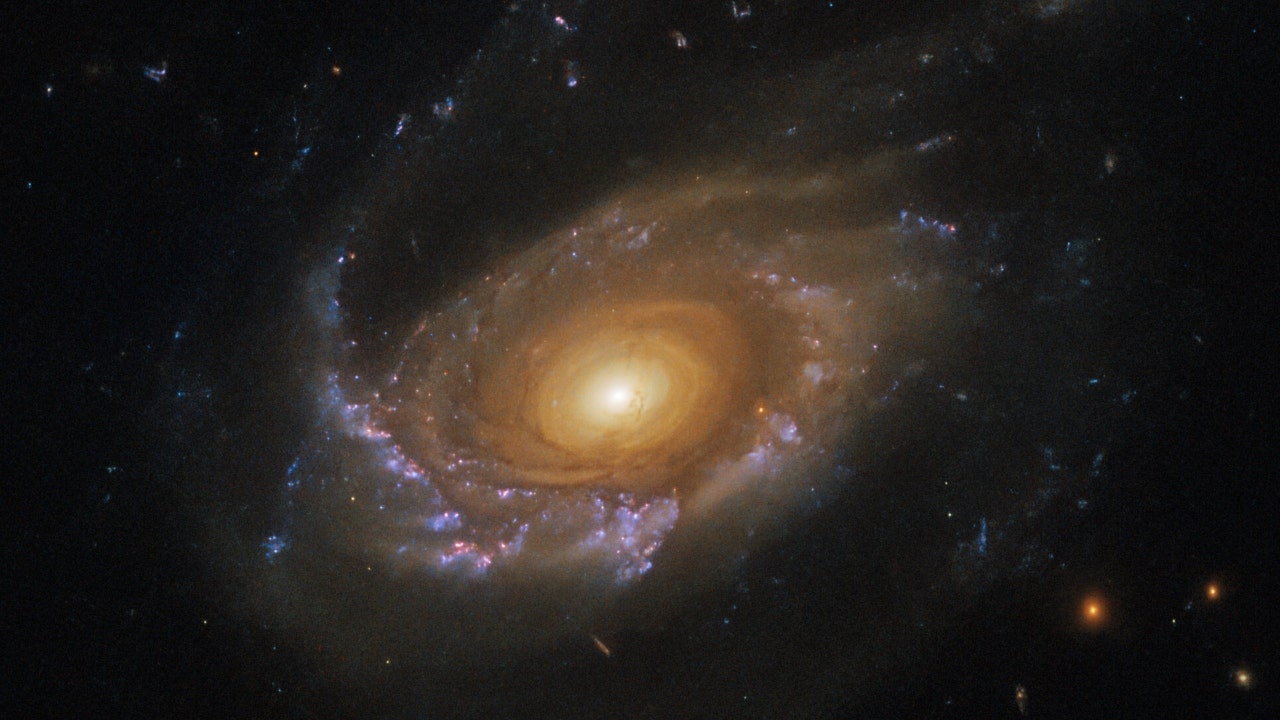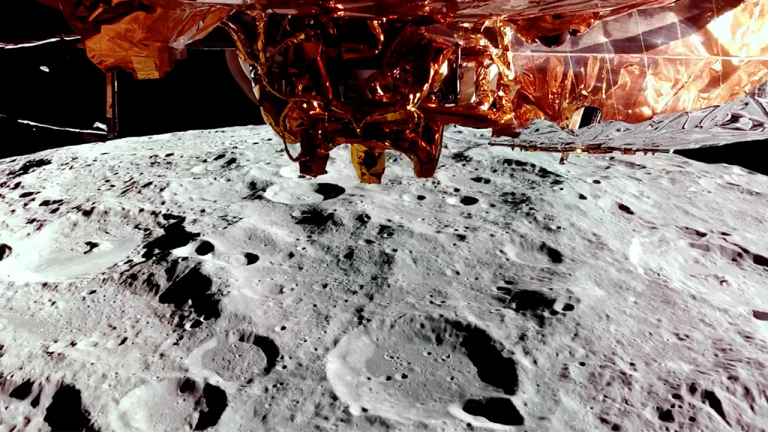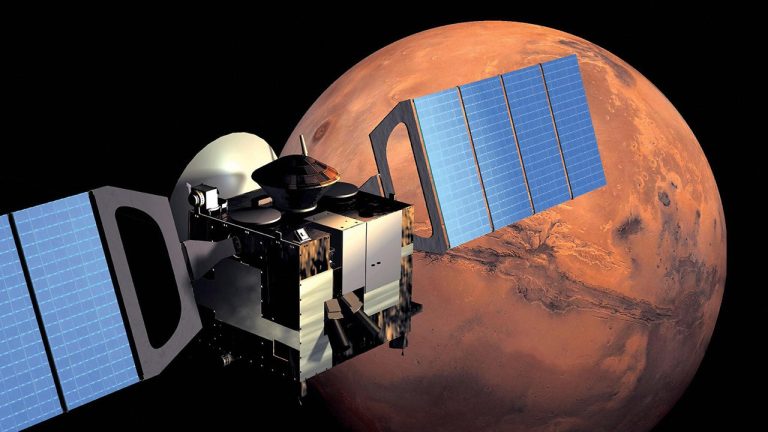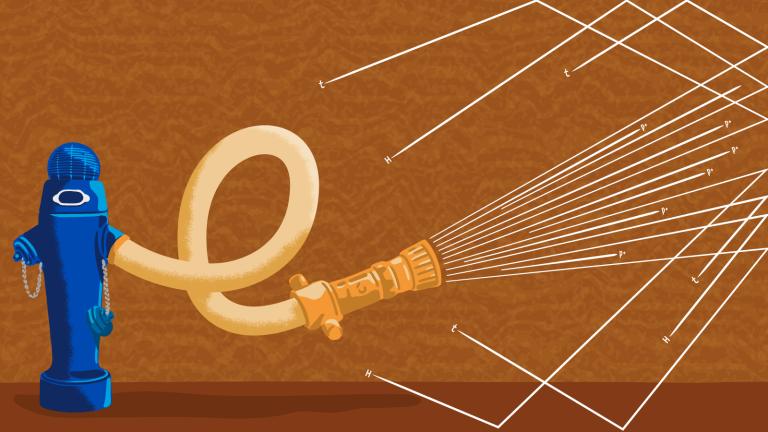
NASA’s Hubble Space Telescope has captured a jellyfish galaxy which lies more than 900 million light-years away.
Known as JW39, the galaxy is located in the constellation Coma Berenices.
It is one of several jellyfish galaxies that the observatory has been studying over the course of the past two years.
The jellyfish galaxy may appear serene, but NASA noted it is adrift in a “ferociously hostile” galaxy cluster.
NASA UFO HEARING: MANY SIGHTINGS SHOWED UNUSUAL ACTIVITY, ‘NOT READILY UNDERSTANDABLE’

The jellyfish galaxy JW39 hangs serenely in this image from the NASA/ESA Hubble Space Telescope. This galaxy lies over 900 million light-years away in the constellation Coma Berenices and is one of several jellyfish galaxies Hubble has been studying over the past two years. (Image credit: ESA/Hubble & NASA, M. Gullieuszik and the GASP team)
Galaxies in galaxy clusters are often distorted by the gravitational pull of larger galaxies in the region, which can twist them into a multitude of shapes.
Notably, the space between such cluster galaxies is also permeated with hot plasma.
The plasma is known as the intracluster medium.
NASA’S WEBB SPACE TELESCOPE, CHANDRA TEAM UP FOR STUNNING COMPOSITE IMAGES

This image taken with the NASA/ESA Hubble Space Telescope shows JO204, a ‘jellyfish galaxy’ so named for the bright tendrils of gas that appear in this image as drifting lazily below JO204’s bright central bulk. The galaxy lies almost 600 million light-years away in the constellation Sextans. Hubble observed JO204 as part of a survey performed with the intention of better understanding star formation under extreme conditions. (Image credit: ESA/Hubble & NASA; M. Gullieuszik and the GASP team)
Galaxies moving through the plasma do so like swimmers battling a strong current.
This encounter – also known as “ram-pressure stripping” – can strip galaxies of star-forming gas, the agency said.
Ram-pressure stripping is what creates the tendrils extending outward from this jellyfish galaxy.

In this handout from the National Aeronautical Space Administration (NASA), the Hubble Space Telescope drifts through space in a picture taken from the Space Shuttle Discovery during Hubble’s second servicing mission in 1997. (NASA via Getty Images)
A separate image of JO204, another galaxy, shows similar ribbons of gas due to ram-pressure stripping.
CLICK HERE TO GET THE FOX NEWS APP
The pressure of the intracluster medium stripped away gas and dust from JW39 as it moved through the cluster, creating long ribbons of star formation that stretch away from the galaxy.
Astronomers used the telescope’s Wide Field Camera 3 to study the tendrils.
“Surprisingly, they found that star formation in the ‘tentacles’ of jellyfish galaxies was not noticeably different from star formation in the galaxy disk,” NASA said.







